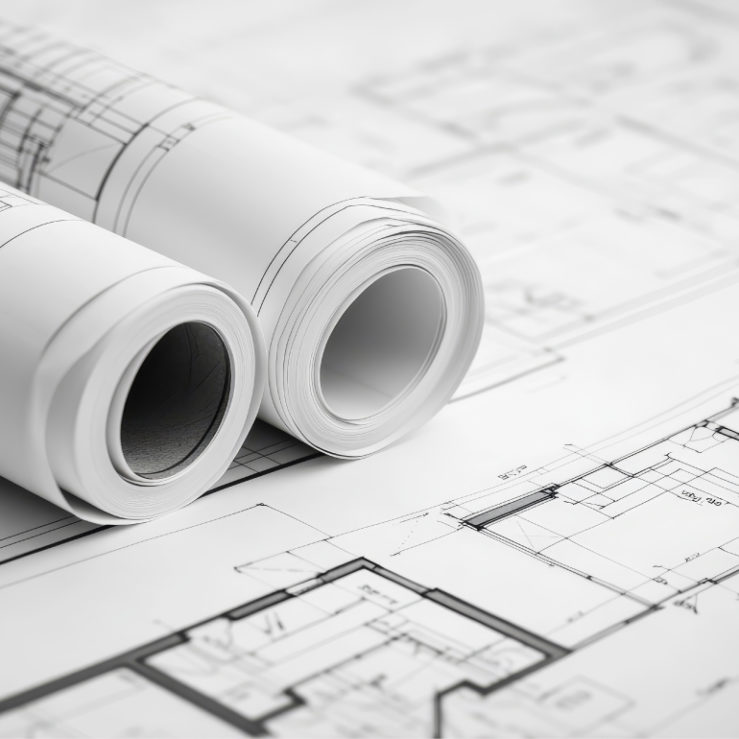Compartmentation is a critical ingredient in any effective fire protection strategy – particularly in commercial buildings, where fire risks are typically higher.
But what is compartmentation exactly, and how do you know if your building is fire safety-compliant?
This is where compartmentation surveys are essential, and in this piece, we help you understand what to expect from them, and how our team at Commercial Fire Protection deliver them, as your fire compliance partner.
What makes a fire compartment?
As we’ve touched on in a previous article, compartmentation means fully containing a fire, ideally within the area in which it starts, to slow or even halt its progress.
This process keeps escape routes clear of flames and smoke, so your building’s occupants can move easily to a place of safety. The boundaries of these escape routes, therefore, must become a fire barrier.
A compartmentation survey will examine the floor-to-ceiling partitions and all other structures that divide spaces into fire compartmentation, including fire door sets.
What is compartmentation made of?
To function effectively, compartmentation must be constructed of non-combustible or low combustibility materials, so your fire engineer will expect to see, for example, fire protection boards made of minerals like calcium silicate or plasterboard.
However, effective fire compartmentation can also be achieved with traditional building materials like brick, concrete, and concrete blocks, so your engineer will also inspect these, where used.
British Standard BS 476 Part 22 is the requirement that applies to most compartmentation materials, and your engineer will check that your fire compartmentation complies with this.
There is sometimes a degree of further investigation or testing required as part of this process, so it’s a task best left to a certified fire protection company.
Penetrations: a gap in your fire safety
Compartmentation surveys must pay particular attention to penetrations – holes or gaps made in compartmentation materials and intumescent coatings by wire and cable routing, heating and air conditioning services, electrical sockets, and even screw-mounted fittings and fixtures.
Each of these penetrations compromises the integrity of the compartmentation material, allowing flame, smoke, and hot toxic gases through, thereby encouraging the fire to spread.
Penetrations can be fixed effectively by using fire-stopping substances like intumescent sealant, but whilst this can be a straightforward process, there are some extremely complex rules around how services penetrations are installed and fire stopping applied.
A properly tested fire stopping system is essential, so your fire engineer will look for evidence of UKAS testing on all fire stopping products, which helps ensures they can be certified compliant.
Protection beyond walls, floors and ceilings
This leaves one other crucial fire compartmentation element – fire doors.
Your fire engineer will inspect your fire door sets, as these also are an integral requirement of effective compartmentation.
We often call them ‘fire door sets’ because everything on, in, and connected with them – frames, hinges, joints, gaps, self-closers, as well as the fire door leaves themselves – must not only be fire safety-compliant, but also have been installed, serviced, and repaired by persons competent to do so.
The relevant standards here are BS EN 1634 and BS 476, and as part of a compartmentation compliance survey your fire protection engineer will check conformity to these standards across all elements of the door set.
Once the survey is complete, a true fire compliance partner will also be able to service, repair, and rebuild whatever is needed to keep you and your building safe and legal.
Equally important is ensuring that your compartmentation survey aligns with the building’s wider Fire Strategy and Fire Risk Assessment (FRA).
For all these requirements, our team is fully prepared and ready to support you every step of the way.
Contact us today to find out more about how we can help you with fire compartmentation surveys and much more – and request your copy of our FREE Guide to Fire Protection Compliance here.




